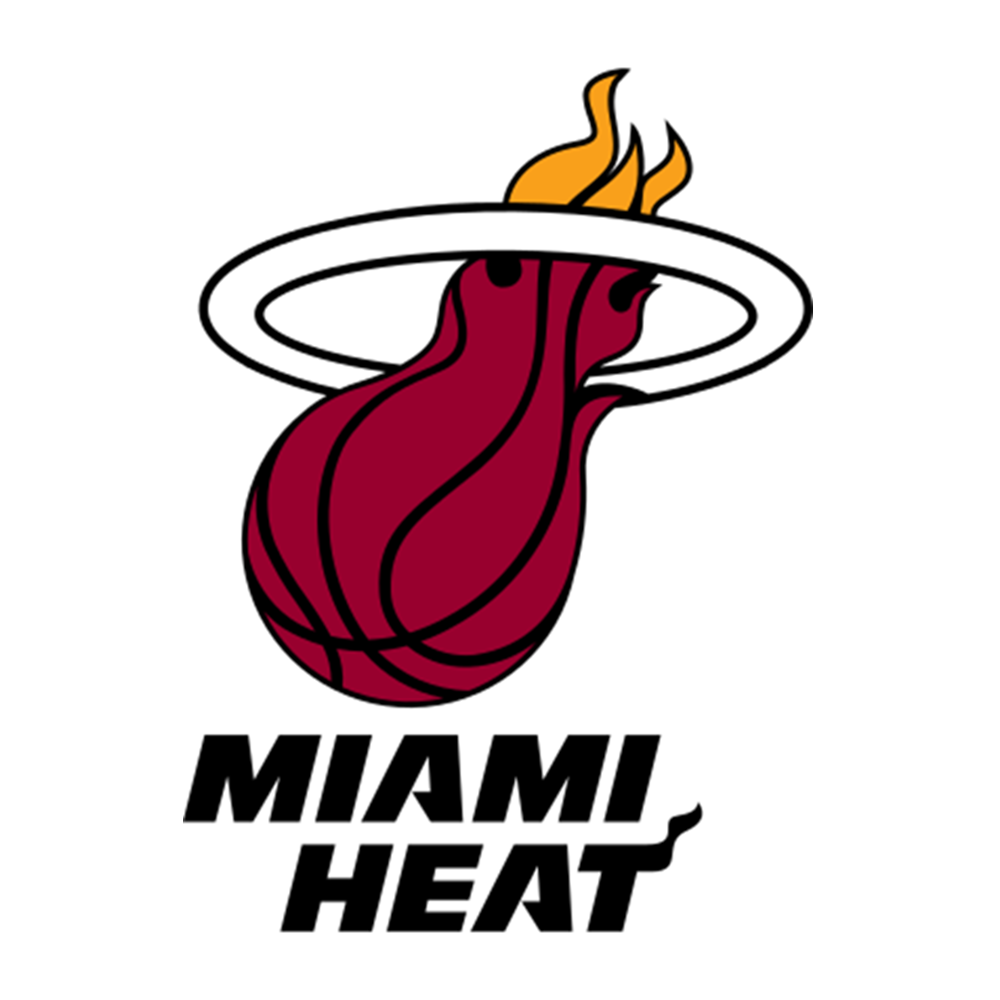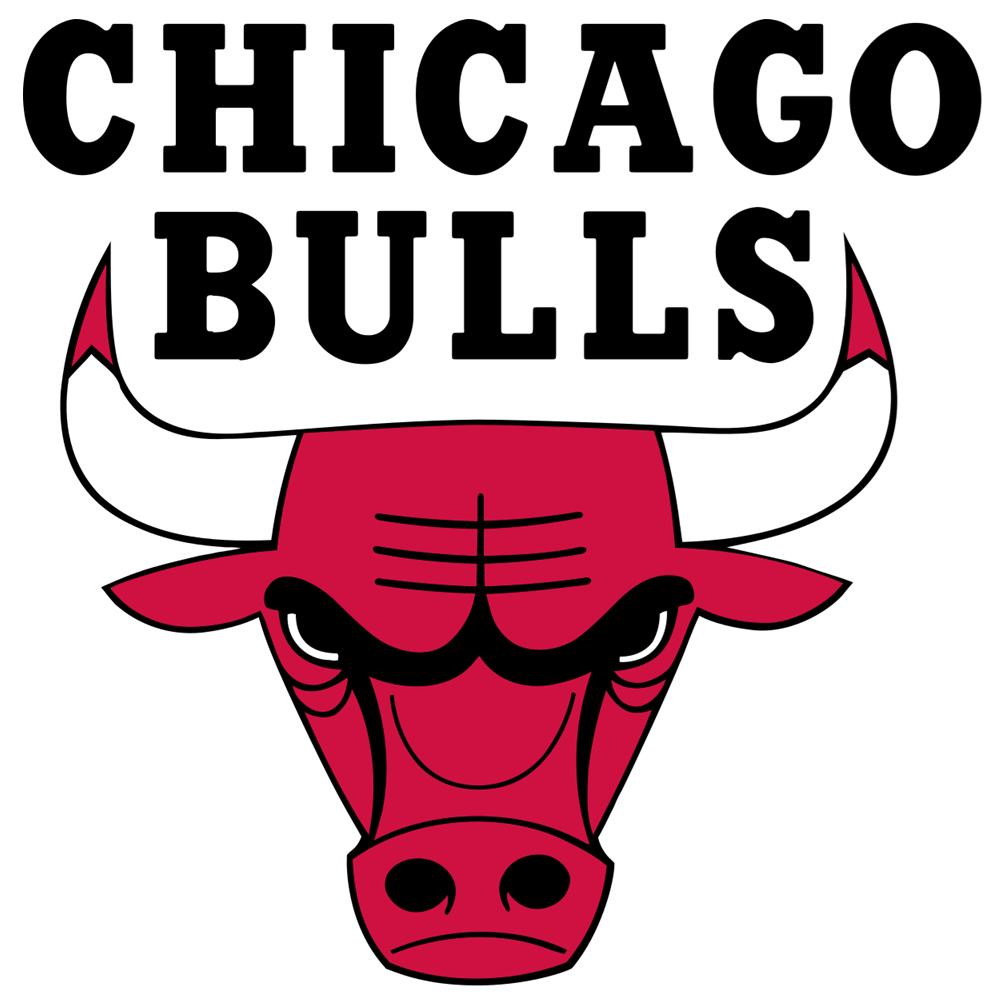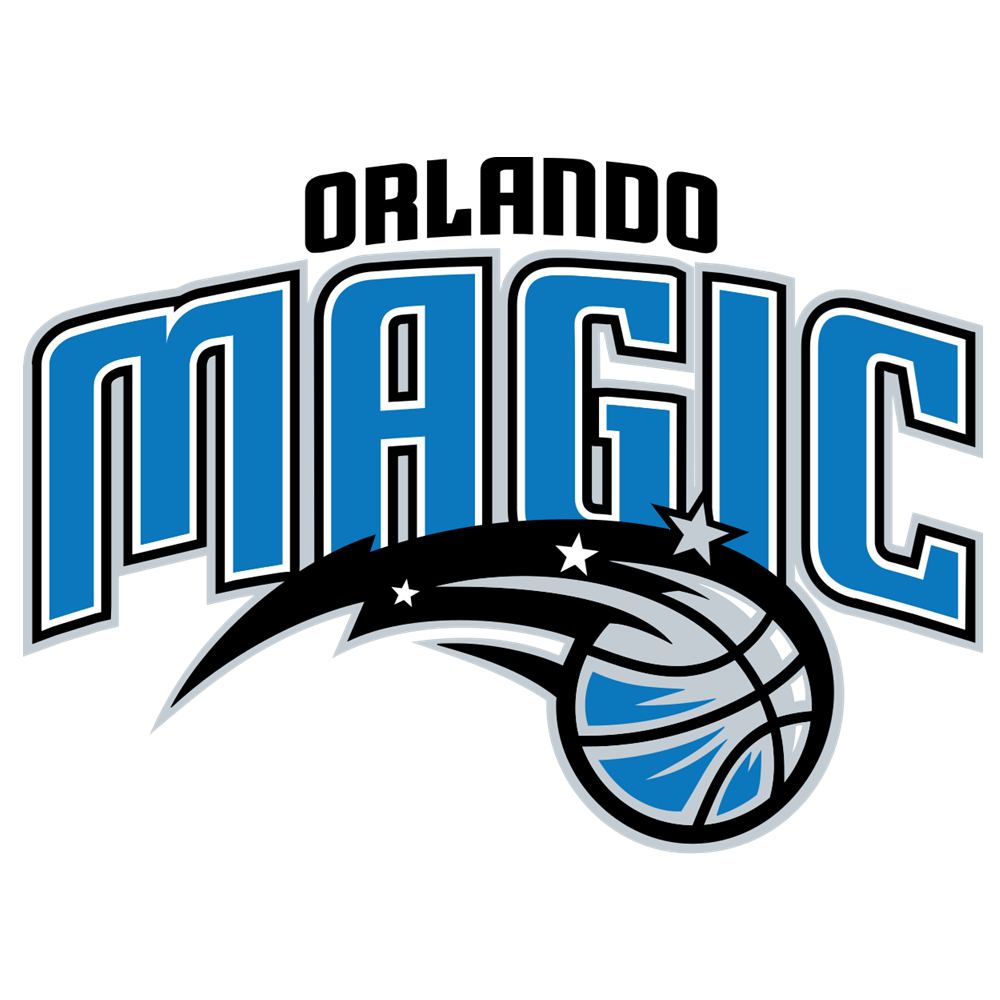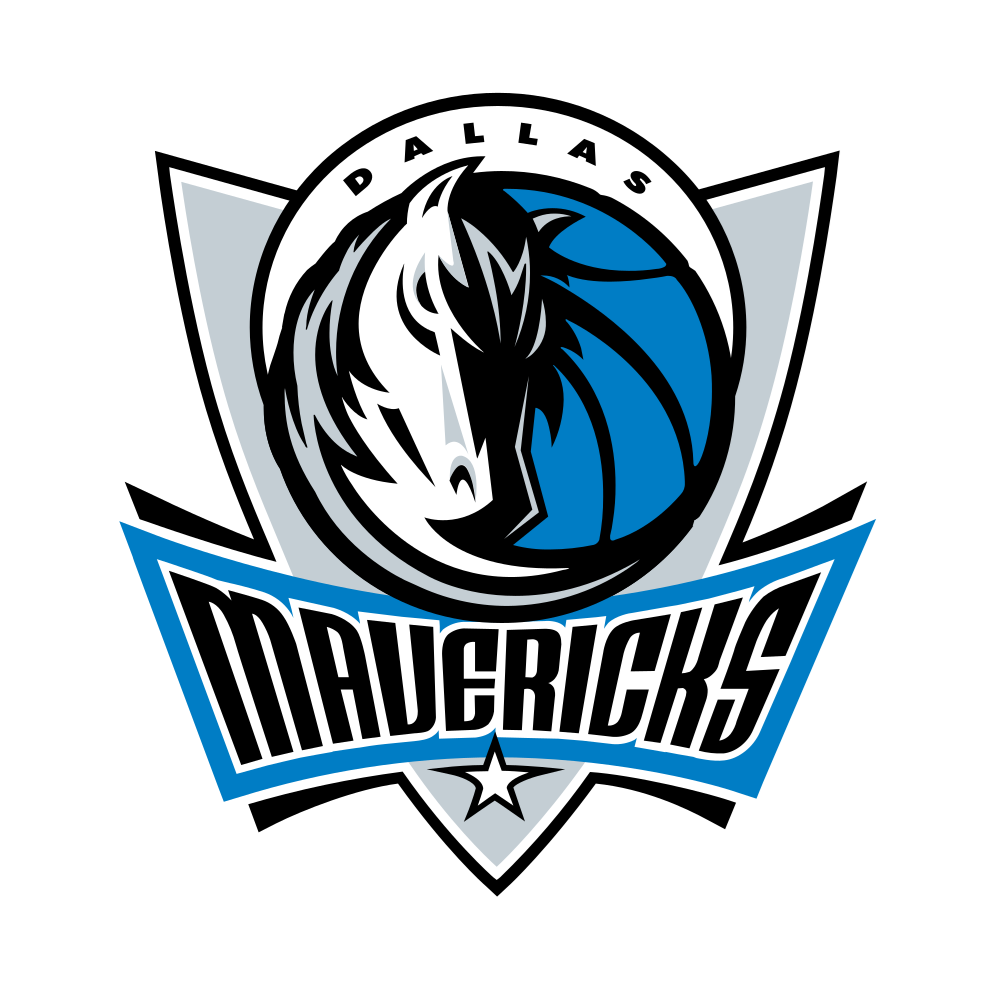Can you be so good at not being a star that you become a star?
Can you be so free from faults that you are among the NBA's best players despite not having the physical profile, obvious calling card or flair normally so befitting of such a platform?
Yes. Re-acquaint yourself with Al Horford, Boston Celtics big man, 2018 NBA All-Star, and the non-star star.
We looked at Horford earlier this year at GiveMeSport as a part of our features around the NBA London Game between his Celtics and the Philadelphia 76ers back in January. In that piece, we looked primarily into Horford's development as a three-point shooter.
As a rookie, two-thirds of Horford's shots (66.3%) came within 10 feet of the basket. Only late in his college career did Horford begin to shoot and make mid-range jump shots, and certainly nothing from any further out than that. This area of his game developed over the first few years of his NBA career to the point that it became a far more regular sight - 19.3% of Horford's field goal attempts came from between 16 feet and the three-point line in his first season, a number that swelled out to 37.0% in his Hawks days.
Now, however, that this number is down to a tiny 8.5% in 2017/18. Just as the post-up plays became mid-range jump shots - his inside-ten-feet field goal attempt rate is now at only 48.4%, less than half of that rookie year number - the mid-range jump shots have now become three-pointers. A player who did not take more than 11 three-pointers in his first seven seasons has now taken 626 of them over the last two and a half year, with the outside shot now accounting for 31.4% of his total shot attempts.
To put that into some context, C.J. McCollum of the Portland Trail Blazers, a 20 point per game scoring guard and noted shooter, has a three-point rate of 31.8%. Jeremy Lamb is at 29.6%. Horford today is shooting more than shooters, and, with a 42.4% success rate that ranks tenth in the league, perhaps he should be shooting even more.
Horford is now shooting even better from three-point range than he was then, up to 43.4% from three-point range and seventh place in the entire league on the season while attempting 3.3 of them per game. Much as Horford is comfortable handling the ball in transition, in initiating offence and in driving to the hoop, he is also ridiculously comfortable at this point in his career at just spotting up, stretching the defence for Kyrie Irving, Jaylen Brown, Jayson Tatum, Terry Rozier and all of the Celtics' slashing guards and wings.
In the same piece, we also took a look at his defence, where only more good news awaited.
Moreover, the reimagining of Horford's game has also transpired defensively. Whereas once he was a sneaky-good interior defender who deflected, positioned and challenged without the blocked shots or intimidation factor of some of his more noisy peers, Horford is now fully prepared to defend fellow perimeter bigs and switch onto guards, without losing much speed and any of the good hands which made him such a nuisance in the mid-range and low-post areas previously.
Between these two facets of his game, then, the Celtics can proudly claim to sport by far the best three-and-D role player at his position in the world. A good start.
Howevr, Horford certainly is not just that. Just as Paul George of the Oklahoma City Thunder is an elite three-and-D player but not a three-and-D role player, Horford is not just out here spotting up and chasing around, doing decent things on minimal touches and limiting his third best on-court attribute to Not Screwing Up Much.
Instead, he is out here doing it all.
He makes plays. Horford passes for 5.2 assists per game, the 25th highest mark in the league, and behind only Nikola Jokic (5.6), Blake Griffin (5.5) and Julius Randle (5.4) among the league's big men. And he does it while turning the ball over only 2.0 times per game, only half of which are passing turnovers.
He posts up. Horford also posts up 5.2 times per game, the 15th highest total in the league, and on those possessions, when he tries to score instead of pass, he shoots 51.5% from the field. That is a better mark than all but three of the players ahead of him (Enes Kanter, Joel Embiid and Karl-Anthony Towns). Indeed, that efficiency is better than all of the marks for Marc Gasol, Anthony Davis, Kevin Love, LaMarcus Aldridge, Dwight Howard, Kristaps Porzingis, Zach Randolph, DeMarcus Cousins, Blake Griffin, Nikola Jokic and Nikola Vucevic.
He handles the ball consistently, confidently, and by design. There is no stat for that attribute, really, but how many other centres can be this be said of in the NBA? Four? Three?
He shoots, as above. He defends the post, as above. He defends switches, as above. And he does all the little things - screening, deflecting, running even if only as a slow decoy, etc - that stats do not capture well. Horford really does do a bit of everything, both the things centres do by default and the things they have to learn. And what is an All-Star calibre player if it is not one who is good at everything?
Exploring Al Horford's All-Star candidacy is to explore the value of 'basic' statistics. Take Randle above, for example. His 14.4 points, 7.3 rebounds, 2.3 assists and 0.6 blocks per game basic season averages compare very favourably to Horford's 13.2 points, 7.8 rebounds, 5.2 assists and 1.2 blocks per game, especially coming as they do in much less time (24.2 mpg for Randle, 32.2 mpg for Horford). Yet no one would or did argue for Randle as an All-Star candidate.
The reasons for such go beyond what the basic box score. It includes the defensive nuance, the positioning, the deflections, all the things not readily captured statistically but which matter just as much as anything that is. It includes the quality of the plays in question; for instance, driving from the top, collapsing the defence and kicking to a corner three from Tatum is empirically a better play than "give it to Jordan Clarkson to cast one up". And it also includes effort - Randle can be inconsistent with his, while Horford always competes, even when (or especially when) overmatched physically.
Julius Randle is good. But Al Horford is great. And if the reasons as to why that is are not immediately obvious on the court, look a bit closer, especially when he does not have the ball. Al Horford can impact the game in any role that is required of him, even if that role is to mostly get out of the way.
And for that reason, he is a star.

















